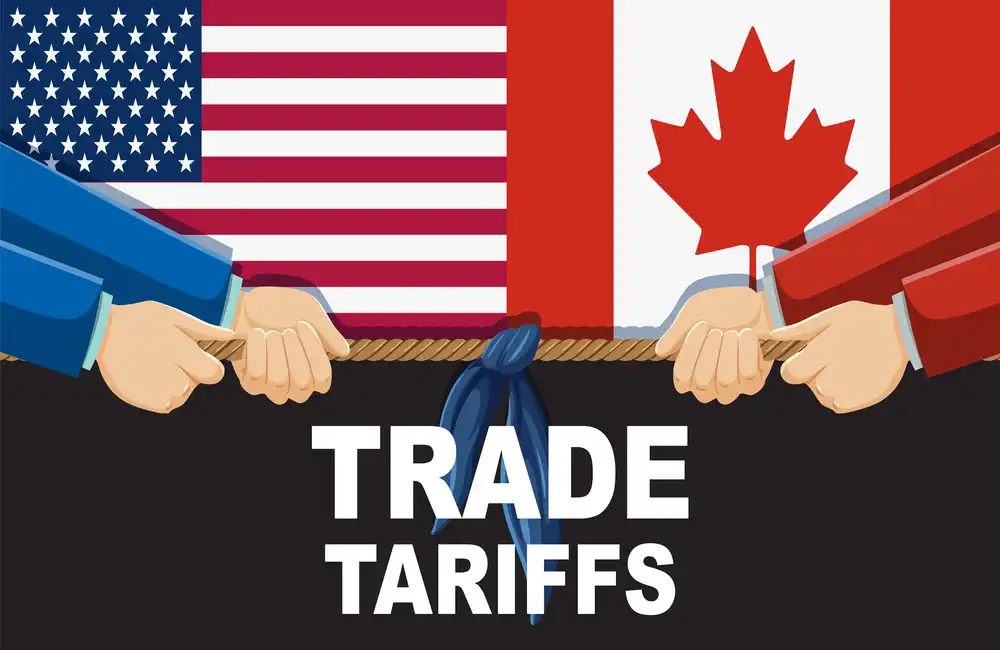Time is money, and businesses across the globe are about to save plenty of both. According to tech giant Google, workers stand to reclaim up to 122 hours a year by utilising AI-powered tools for administrative tasks.
For every professional struggling with a mounting pile of repetitive processes, this is not just a blip in the productivity radar; it’s a seismic shift.
For investors paying close attention, these pivotal advancements signal ripe opportunities to position portfolios ahead of the next wave of corporate AI adoption.
But where does this 122-hour claim come from? And, most importantly, which companies and industries are best placed to ride the AI productivity wave? Here’s a deeper look.
Study Details
The 122-hour estimate comes from a Google study of AI-integrated office tools like Gmail and Sheets, tracking time saved on tasks such as email prioritisation and data sorting.
Automated summaries and predictive data features can collectively free significant employee hours for higher-value work.
Sector Winners
Financial Services
AI-driven virtual assistants and automated reconciliations boost workflow efficiency in banks and asset managers.
Healthcare
Predictive scheduling and record-keeping automation streamline patient care and administrative tasks.
Retail
Machine learning optimises inventory tracking, supply-chain logistics and customer service chatbots.
Investment Opportunities
- Diversified AI Players: Microsoft and IBM integrate AI deeply into cloud services, targeting enterprise automation.
- Niche Providers: UiPath and Automation Anywhere lead robotic process automation for mid-market firms.
- Cognitive Data Firms: Snowflake enables intelligent data management, underpinning advanced AI applications.
Insider Tip
Tech Tracker subscribers saw Google’s productivity claim insights a week before they went mainstream—proof of the value of timely, curated research.
Expert Perspectives
“AI productivity tools have clear headline appeal right now, but avoid chasing hype-cycle players. Stick to veterans with diversified revenues or clear technological leads.”
“SMEs face scale challenges adopting AI. Investors should balance upside potential in smaller providers with downside protection in established players.”
What’s Next
Early-adopter companies could report measurable productivity boosts by mid-2024 as AI tools roll out commercially, driving valuation premiums for leading SaaS disruptors.
Watch for RFP trends in Tech & HR departments as integration timelines accelerate to scale.
An Invitation
Investing in AI productivity trends may define your portfolio’s yield curve over the next decade. Tap into emerging AI themes with Advisor’s Gateway’s fortnightly newsletter.
Sign Up Today to ensure no critical sector insights evade your radar.





















